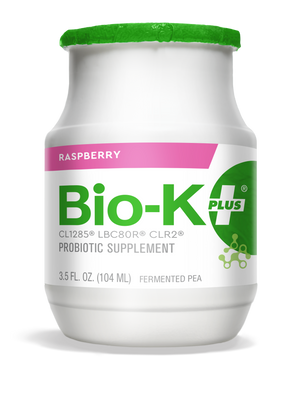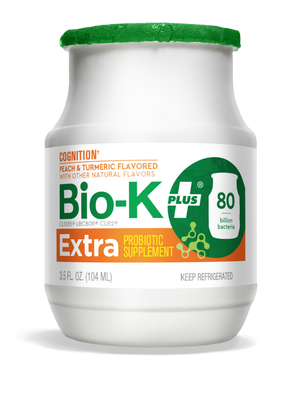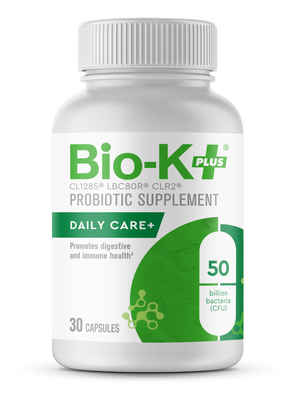8 Tips for Healthy Eating During the Holidays
We love our classic holiday recipes, but sometimes regret overdoing it the next day. However, by switching out just a few ingredients, we can easily transform a rich, heavy and sugar-laden dish into one that’s much healthier!
Here are a few tricks that will let you enjoy your food and better stomach it. All healthy and sophisticated!
Serve fresh, colorful canapés
Already full after cocktails? We all know that feeling. Rather than garnishing wheat or rice crackers, get out your vegetables! Whole endive leaves, slices of cucumber, thin slices of raw beets or kohlrabi, slices of marinated and grilled butternut squash or king oyster mushrooms all make delicious bases for your canapés. Garnish it all with your favorite condiments: the results are fresh and light and don’t spoil the appetite.
Choose whole grains instead
They’re richer in vitamins and minerals, have a high dietary fiber content, and are more nutritious than refined grains (such as white and unbleached flour and white rice). Whole grains help us feel full more quickly and thereby avoid “food comas”.
For example, opt for whole spelt and buckwheat flours in pie crusts, quinoa as a side dish, and millet or amaranth in stuffing. Their rich flavors will make them that much more appreciated!
Wild mushrooms: vegetable umami
Whether they’re fresh or dried and rehydrated, their woody, lightly smoky flavor pairs marvelously with classic holiday meals: for example, to enhance the flavors in a sauce or stuffing. They can even serve as a substitute for meats when simmered or cooked in the oven! Replace part of the meat in your pie with a mix of wild mushrooms—or dare to serve it 100% veg!
The water used to rehydrate dried mushrooms is also very useful: save it to make a gravy base or soup stock.
Feed your bacteria
Your bacteria also suffer the after-effects of the holiday season! Overeating, a lack of fiber, alcohol, and refined sugars have the potential to change the composition of microbiota in just a few days[1] and increase the risks of succumbing to viruses that are going around by reducing the effectiveness of your intestinal immunity[2].
No problem! In addition to drinking your Bio-K+ daily, which is essential for maintaining your microbiota balance, integrate foods rich in prebiotic fibers into your recipes: salsify, Jerusalem artichokes, artichokes, leeks, garlic, onions, and asparagus.
Go for Jerusalem artichokes
A small root that resembles a combination of new potatoes and ginger, Jerusalem artichokes are cooked like potatoes. Their secret? They contain large quantities of inulin that make them delicately sweet – and give them their prebiotic properties. Inulin is a fiber on which intestinal flora bacteria feast and which promotes their growth[3].
Delicious wherever you would use potatoes: in a mash, in a broth flavored with some rosemary or wild mushrooms, or scalloped, with caramelized garlic.
Choose coconut sugar
The beauty of coconut sugar is that it replaces brown sugar wonderfully in all recipes, while having a much lower glycemic index than the latter. It also contains small quantities of inulin, just like Jerusalem artichokes.
No substitution necessary, no calculations, no additions or removal of liquid. Its caramelized flavor is slightly less sweet than brown sugar, but the difference is minimal. Definitely a winning substitute for serving treats that are a little healthier, without having to compromise.
Avocado in the yule log
Its richness is much more versatile than you’d think! Rich in high-quality fats, it’s the perfect substitute to replace part of the butter and cream in cakes, when making cream pies, homemade ice creams, rich truffles or creamy frostings. It’s particularly effective in chocolate desserts and ones with berries and citrus fruits!
Start with salad
When you serve yourself, fill at least two-thirds of your plate with the lovely, perfectly dressed green lettuces and vegetables decorating the table. Use the remaining space for heavier dishes, like those with sauces and starches. Begin your meal with salad: its bitterness whets the appetite and improves the motility of the digestive tract[4], easing your digestion and optimizing your energy after the meal.
Happy Holidays to all!
1- Nature 505, 559–563 (January 23rd, 2014) DOI: 10.1038/nature12820
2- Brown, K, DeCoffe, D, Molcan, E, & Gibson, DL 2012, ‘Diet-Induced Dysbiosis of the Intestinal Microbiota and the Effects on Immunity and Disease’, Nutrients, vol. 4, no. 8, pp. 1095-1119 25p.
3- Nutrients. April 2013; 5(4): 1417–1435.
4- Janssen, Sara, ‘Bitter taste receptors and α-gustducin regulate the secretion of ghrelin with functional effects on food intake and gastric emptying’, PNAS 108(5), 2011, 2094–2099, DOI: 10.1073/pnas.1011508108





